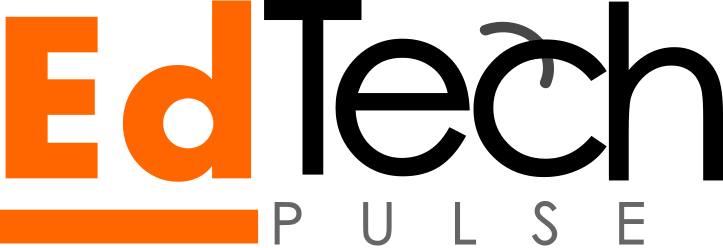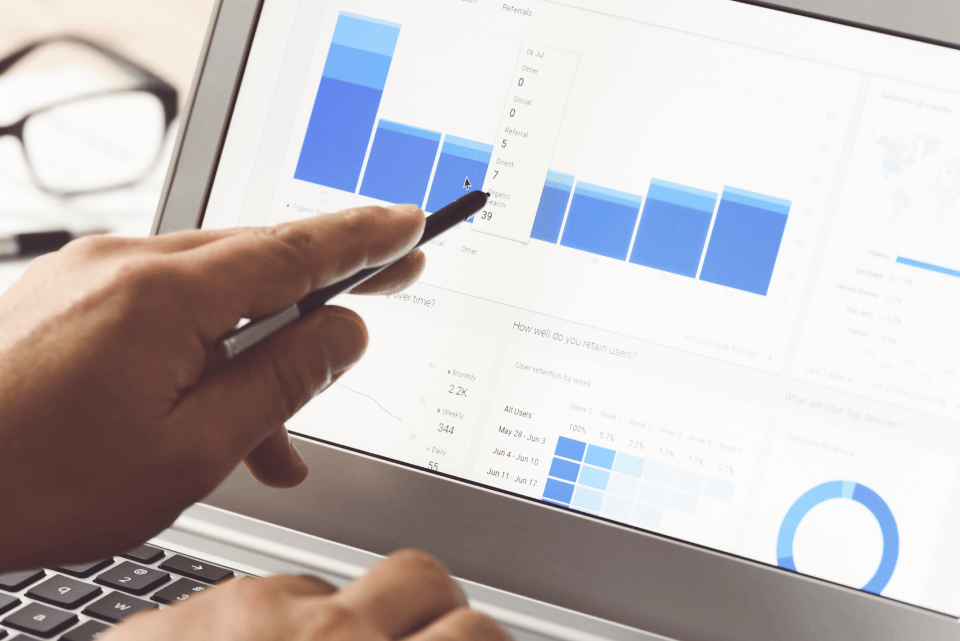Education in the Age of Insight
The modern classroom is no longer confined to chalkboards and printed report cards. Across the globe, schools are increasingly turning to learning analytics and student data to make smarter, faster, and more personalized decisions. The question is no longer whether we should collect education data, but how we should use it.
From attendance tracking and behavior logs to real-time performance dashboards and predictive analytics, data is becoming the new currency in education. When interpreted effectively, this information offers schools a powerful edge — the ability to intervene early, tailor learning pathways, optimize teaching methods, and elevate outcomes at scale.
This article unpacks how analytics is transforming schools, explores tools that are leading the charge, examines the ethical landscape around student data, and presents success stories that show the true impact of going data-driven.
What is Learning Analytics?
Learning analytics refers to the collection, analysis, and reporting of data about learners and their contexts, for the purpose of understanding and improving learning outcomes. It goes beyond grades to encompass:
- Engagement levels (e.g., log-ins, participation)
- Skill mastery (e.g., real-time quizzes, concept tracking)
- Behavioral insights (e.g., collaboration, discipline patterns)
- Emotional and mental health indicators (e.g., sentiment analysis from surveys)
When properly integrated, learning analytics helps educators make data-informed decisions that benefit both the individual learner and the institution as a whole.
Tools That Visualize Learning Progress
A growing ecosystem of platforms helps educators interpret student data visually, making it easier to draw actionable insights.
a. Power BI for Education

Microsoft Power BI allows schools to build custom dashboards, track KPIs such as attendance and test performance, and identify trends over time.
b. Classcraft

This gamified learning platform tracks engagement, collaboration, and behavior, helping teachers adjust strategies in real time.
c. Edsby

An all-in-one learning and analytics platform that connects students, teachers, and parents. Its dashboards track academic progress, attendance, and SEL indicators.
d. Google Classroom + Add-ons

While Google Classroom provides a learning environment, tools like Gradebook, Classroom Analytics, and Flubaroo help visualize data and streamline grading.
e. DreamBox Learning
This adaptive math platform uses AI to track how students think through problems, adjusting content and difficulty accordingly.
Real-World Success Stories: Data-Driven Schools in Action
a. Nova Pioneer Schools (Kenya & South Africa) Nova Pioneer operates a network of innovative schools in East and Southern Africa, leveraging data to drive teaching excellence and personalized learning. Teachers use digital tools to track student comprehension, behavior trends, and overall engagement. Weekly data reviews allow for targeted interventions, student grouping, and one-on-one tutoring. The result has been higher test scores, improved student retention, and a scalable model that supports continuous improvement across campuses.
b. Montgomery County Public Schools (USA) Located in Maryland, this school district employs predictive analytics to identify students at risk of academic failure or dropping out. Data points include attendance, grades, discipline records, and socio-emotional metrics. A dashboard alerts counselors when a student crosses risk thresholds, prompting timely interventions such as tutoring, home visits, or counseling sessions. Between 2016 and 2018, the graduation rate rose by 4%, and chronic absenteeism dropped significantly.
c. Maharashtra, India – Pratham’s ASER Dashboard The Annual Status of Education Report (ASER), coordinated by the NGO Pratham, gathers foundational literacy and numeracy data from rural districts. The resulting dashboard provides district and state-level visualizations that help policymakers identify learning gaps. This data has shaped curriculum development, resource allocation, and teacher training programs. In districts using ASER data-driven insights, early-grade reading improvements have been documented over multiple survey cycles.
d. Bridge International Academies (Multiple African Countries) Bridge serves underserved communities by offering affordable, high-quality education supported by a strong tech backbone. Teachers use handheld devices to deliver scripted lessons and enter attendance and assessment data in real-time. Centralized systems analyze this data to monitor lesson pacing, student outcomes, and school performance. Insights enable the organization to replicate successful practices across hundreds of schools, with evidence showing improved literacy and numeracy among early learners.

Ethical Concerns and Data Privacy
As data becomes integral to schooling, so too do concerns about privacy, surveillance, and misuse. It’s essential to ensure that analytics do not violate students’ rights or create unintended biases.
a. Data Ownership and Consent
- Who owns the data — the school, the student, or the vendor?
- Are parents and students informed about what’s being collected and why?
b. Bias and Algorithmic Fairness
- Do analytics tools reinforce existing inequalities?
- Are predictive models transparent and audited for bias?
c. Data Security
- Are schools equipped with cybersecurity protocols?
- Are cloud-based tools compliant with local and international data protection laws?
Best Practices:
- Always anonymize data where possible
- Establish clear opt-in policies
- Use data to empower, not penalize
- Provide training for staff on responsible data use
From Insight to Impact: Making Data Work in Schools
a. Building a Data Culture
- Encourage open discussion around data interpretation
- Make dashboards visible and accessible to all stakeholders
- Celebrate data-driven wins with staff and students
b. Training and Capacity Building
- Integrate basic data literacy into teacher professional development
- Appoint data champions or coordinators in each department
- Use micro-credentialing platforms for ongoing upskilling
c. Aligning Analytics with Learning Goals
- Don’t collect data for the sake of it
- Define clear success metrics tied to pedagogical objectives
- Use formative feedback loops, not just summative analytics
d. Parent and Community Involvement
- Share relevant analytics with parents to foster support
- Use insights to design after-school programs or mentorship initiatives
The Future of Smart Schools
As AI and machine learning evolve, learning analytics will become more predictive and personalized. We may see:
- AI mentors that guide students through self-paced learning
- Emotion analytics that adapt instruction to student mood
- Institutional dashboards that map student journeys from entry to graduation
However, the human factor remains irreplaceable. Data should enhance — not replace — the intuition, empathy, and creativity of educators.
Conclusion: Smarter Schools for Smarter Students
In the 21st century, schools must become not just centers of instruction but engines of insight. Learning analytics can help educators spot patterns, customize learning, and allocate resources more effectively. But this power comes with responsibility.
It’s not enough to collect data — schools must learn to use it wisely, ethically, and inclusively. The future of education is not just digital; it’s data-driven. And that future is already here.





